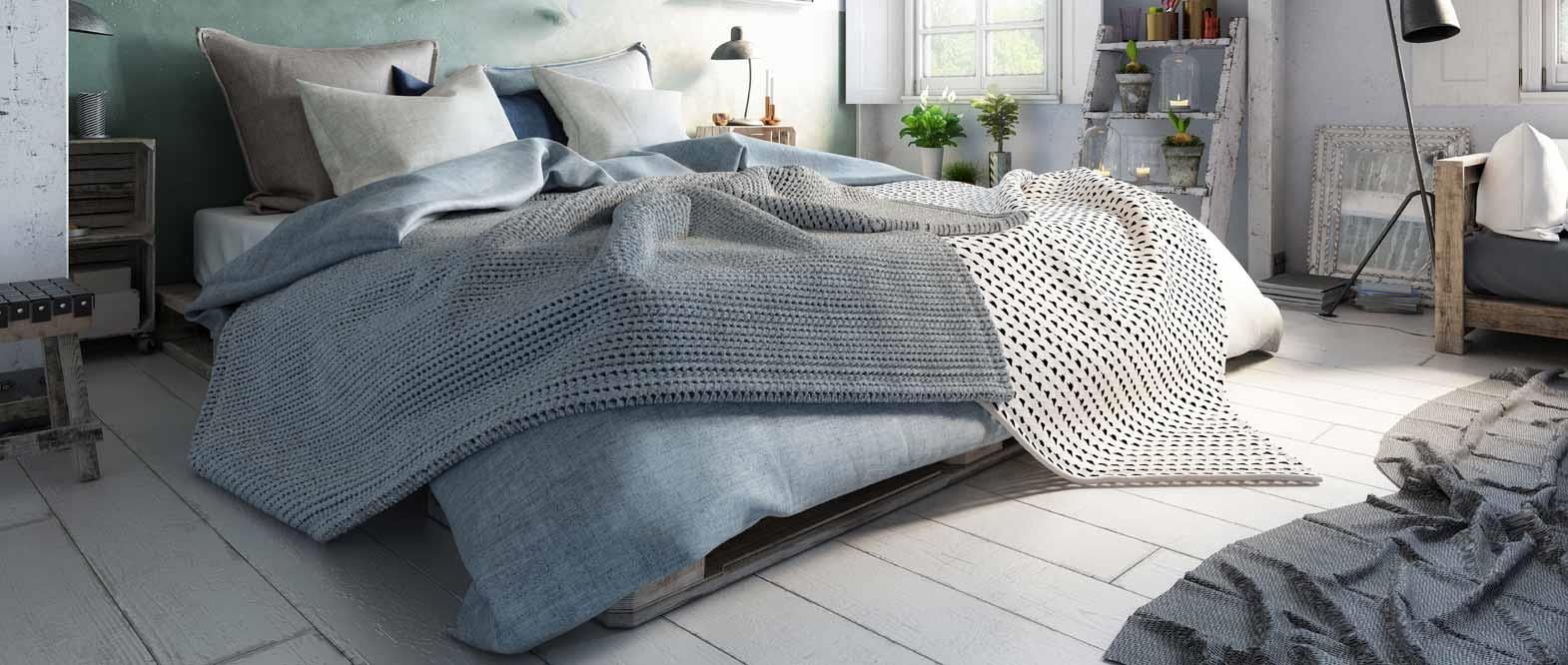The texture of textile used in furniture can add a sense of class and elegance to interiors, and as a result, the demand for furnishing textiles is currently experiencing significant growth. Changes in lifestyle, migration to urban areas, increased purchasing power, and a reviving economy have all contributed to consumers' willingness to invest in stylish upholstery.
The requirements for textiles in furniture can vary, but they cannot be replaced by anything else. Home furnishing fabrics, or home textiles, encompass a wide range of practical and aesthetically pleasing products that enhance the look of a space. Modern-day home textiles are made from both natural and man-made fabrics. These fabrics are often blended to improve their strength and durability, although some are used in their pure, single-yarn form. Common textile fabrics used in furnishing include silk, cotton, jute, rayon, wool, nylon, polyester, satin, organza, organdie, and more.
It is crucial to ensure that the fabric chosen for furnishings is long-lasting. When opting for a blended fabric, it's essential to understand that the relative percentage of various fibers may not always be a reliable indicator of durability. The surface yarn, or the yarn visible on the fabric's surface, plays a pivotal role in providing strength and durability to the fabric. Even if a fabric has a high percentage of a high-performance fiber, if that fiber is not prominent as the surface yarn, it may not deliver the expected strength to the fabric.
Manufacturers are also employing various techniques to enhance the appearance of furnishing products. Methods such as decorative dyeing and printing, embroidery, and the use of woven and non-woven fabrics in furnishings have gained momentum in recent years. Upholstery fabrics not only provide cushioning but also cover the furniture. For example, fixed upholstery designs are permanently attached to the furniture, while loose covers can be easily removed and replaced.
The weave pattern provides essentiality to textile used in furniture. There are two basic methods of weaving upholstered fabrics: Flat and Pile. These two weaves are the beginning of all the furniture fabrics. Flat weaves are tweeds, twills and satins. They have no pile although they may be course and nubby because of the uneven size of yarns used. The basic flat weave is a simple one thread crossing others at right angles and going over the first and under the second, over the third, and so on. Pile weaves are velvet, plush, terry cloth, velour and corduroy. The pile weave is raised loops, cut inter-lacings of double cloths and other erect yarns or fibres, deliberately produced on cloth forming the surface of the fabric.
Finishes in curtain or cushion fabrics most commonly include durable or permanent press wherein the fabric needs little or no ironing when properly washed and dryer dried; relatively wrinkle free in use. There are other popular finishes for furnishing fabrics as well, like shrinkage control that ensures limited fabric shrinkage; water repellent fabric, which deflects water and water-based stains; soil and stain repellent fabric that repels water and oil-based stains; flame retardant fabrics; and soil-release fabrics which easily get soaked and help in easing detergent action. Such types of fabric provide durability to the furnishings.
The awareness among the consumers has resulted in popularity of richer and stronger fabrics in the furniture industry. This apart, the global business of furniture industries has increased by manifold, which has leveraged higher demand for quality-furnishing textile. The European Union furniture industry, which accounts for about half of the world's furniture production, has overwhelming demand for furnishing textile. The requirement for furnishing textile is high in Germany that takes the lead as the largest furniture producing country, accounting for about 27 percent of total EU production. This is followed by Italy (21.6 percent), France (13.5 percent) and the UK (10.4 percent).
In Southeast Asia, production of home textile furnishing is high in Philippines, Indonesia, Malaysia, Singapore, Thailand, Korea, Taiwan and India, as these countries are major manufacturers of furniture. In the context of furnishing textile, Asia shows healthy signs of growth with respect to its other international competitors. In India, the urban home furnishings retail market is estimated to cross Rs 20,000 crore by the end of this year.
Apart from India and Korea, China also has emerged as a furniture production center, wherein furniture is circulated all around the world. This has resulted in rise in demand of furnishing textiles as well. Several developed countries like the U.S.A., Europe and Australia import textile for furnishing purpose from the Asian countries. The recent spurt in growth of the developing countries' economy has opened up doors of opportunity for international brands to establish themselves in these countries.
The consumption of textile for furnishing purpose has also increased manifold. In the U.S.A. alone, the apparel industry, which converts textiles into clothing, consumed only 16 percent of U.S.-made textiles and approximately 44 percent of textile output went into home furnishings such as carpeting and towels.
The furniture gives any space at workplace or home, its own identity. The texture of the fabric, its colour and its feel decide the grace, elegance and uniqueness of the furniture. The fabric plays multiple roles in bringing style and character to the place. The colours of the fabric can also control the mood of the person, increase workability or liveability of a place. The fabrics can also ensure safety of a place thus increasing the life and applicability of an ordinary piece of furniture.
References:
1. Fas.org
2. Teonline.com
3. Aces.msu.edu
4. Nmhomeofmyown.org









Comments